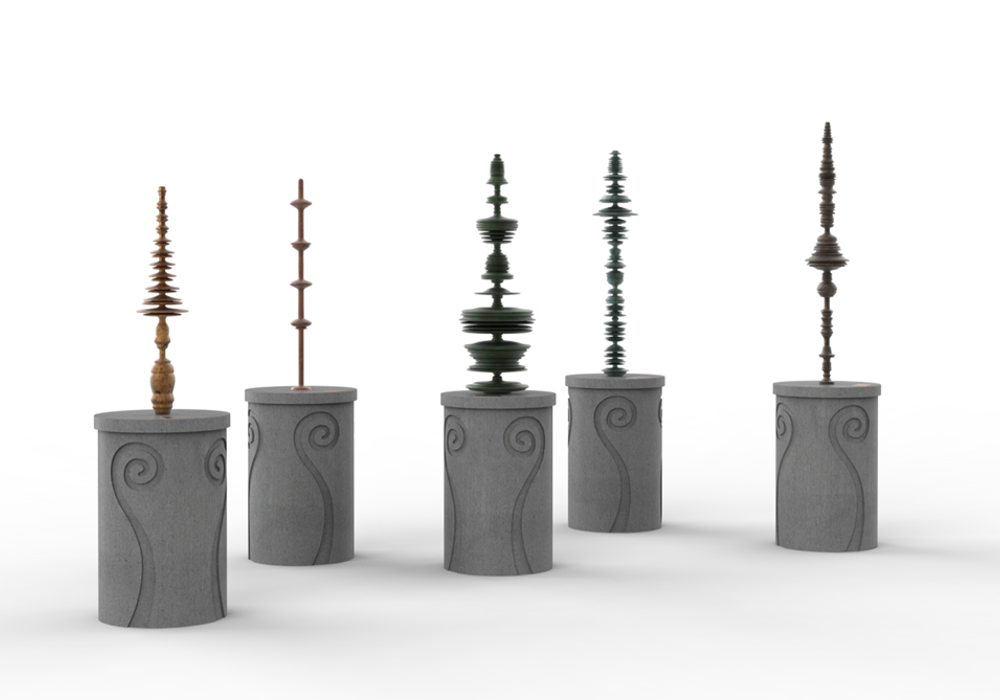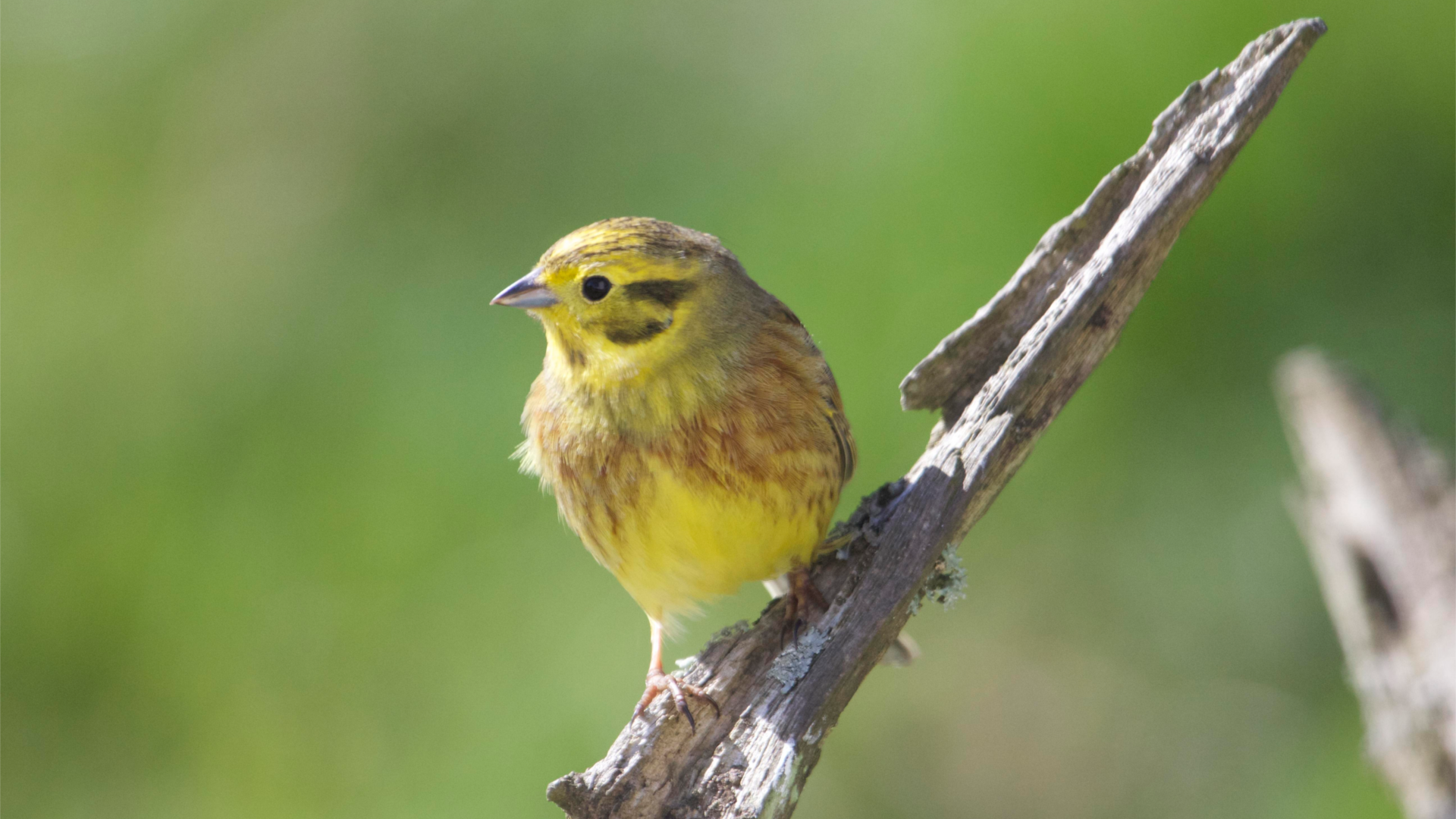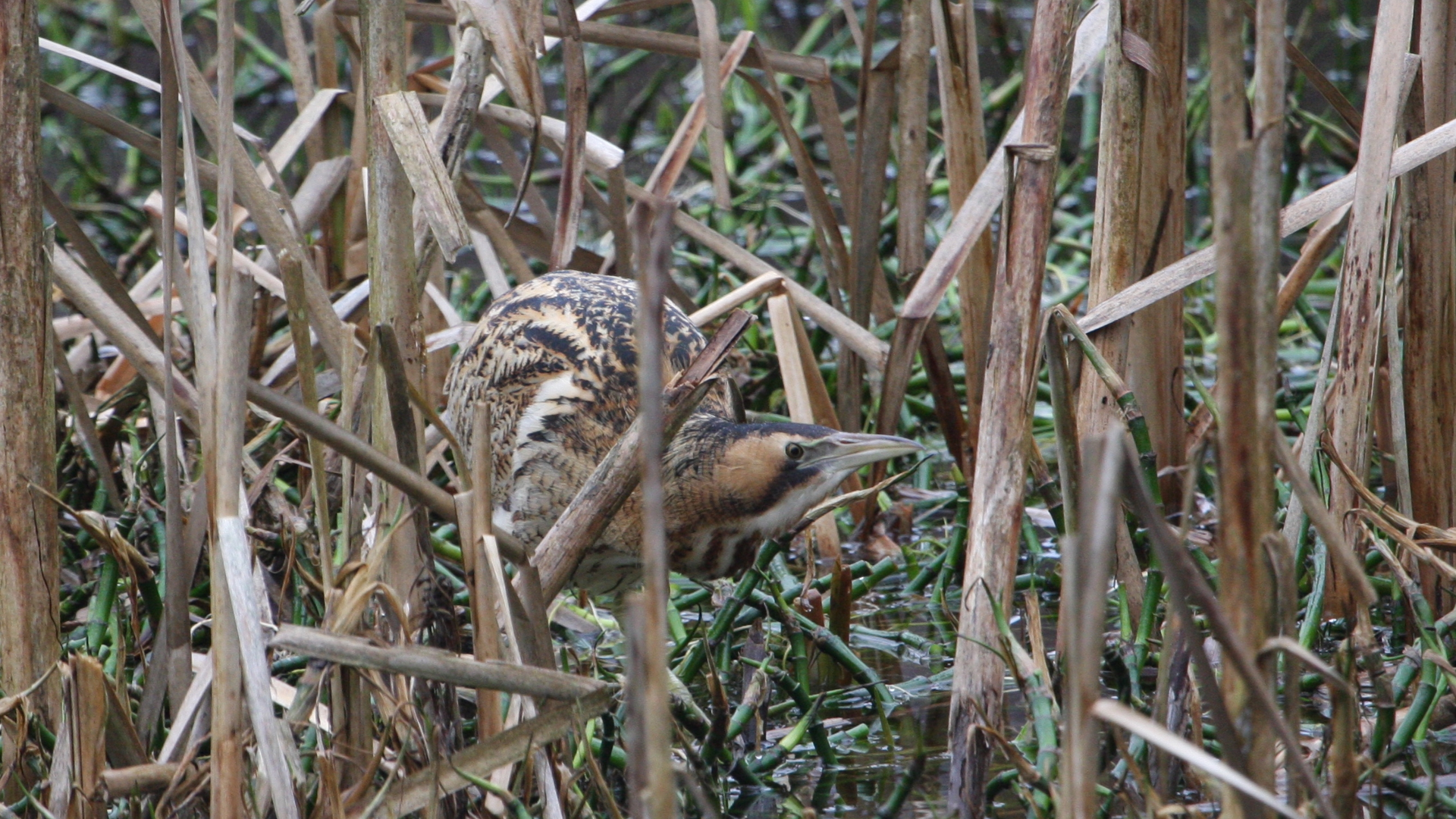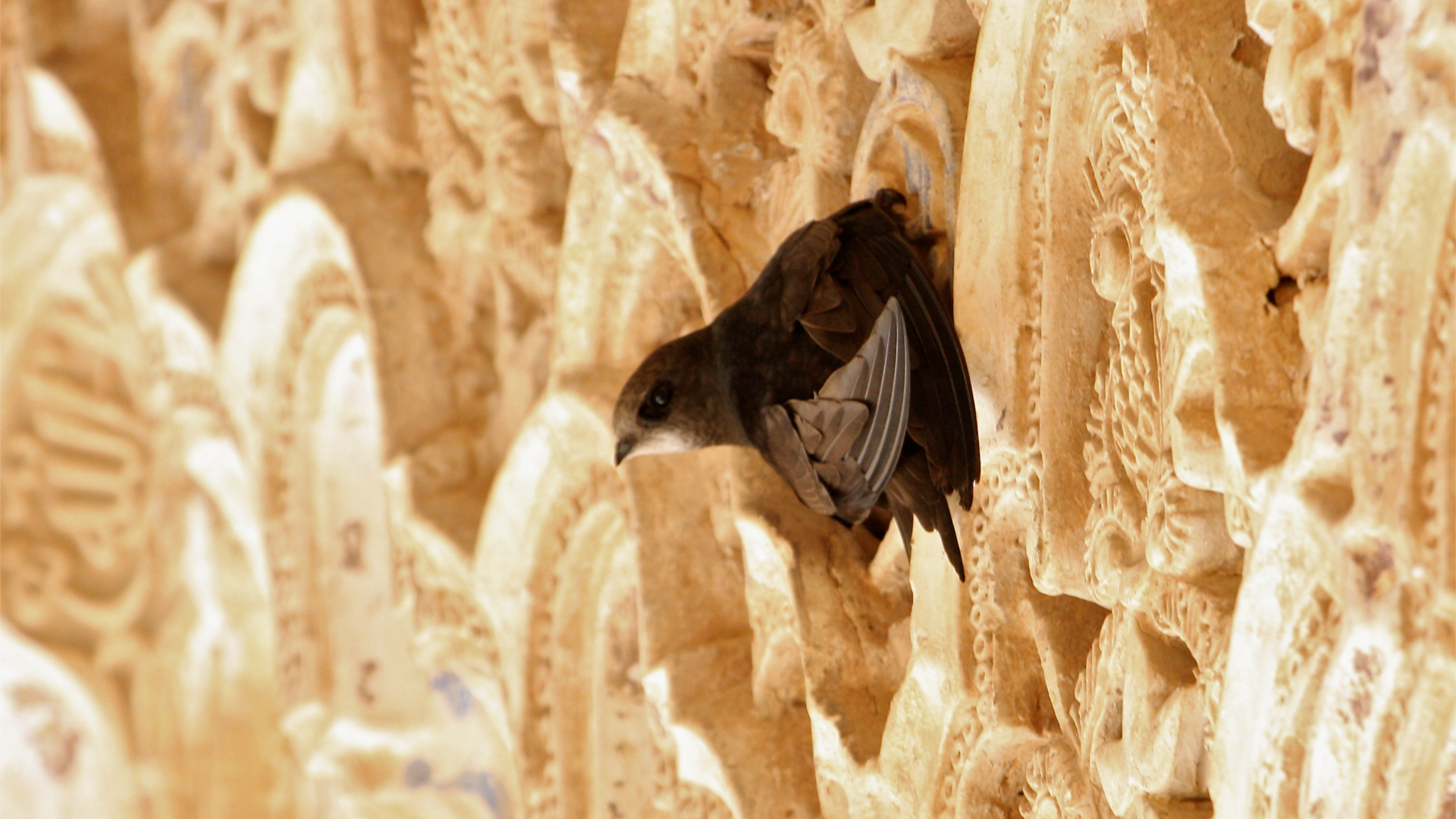Often a flash of bright yellow in a hedgerow is your only view of a Yellowhammer, but males in spring will also perch on exposed branches to proclaim their distinctive song that carries across the countryside. At this time, you may also see the head and breast is yellow, the body rich streaky brown and the rump rich chestnut. Females and young are duller and streakier. In winter it becomes social and comes together in flocks, sometimes joining with other small birds, as they travel around searching for the best feeding places.
Song
From the top of a gorse bush or a prominent hedgerow perch on the edge of a weedy field, the sparrow-sized Yellowhammer tilts back his brightly-coloured head as if singing to the sky. He starts his song verse with a run of six or so evenly-paced repeated notes, a simple rattle with a rather metallic quality, and then rounds them off with a slightly lower-pitched longer wheeze.
It has led to the song – and indeed in some places the bird – having become known as “a little bit of bread and no cheese.” Some extra-polite males love to throw in a second wheeze at the end “a little bit of bread and no cheeeeese, pleeeease!”

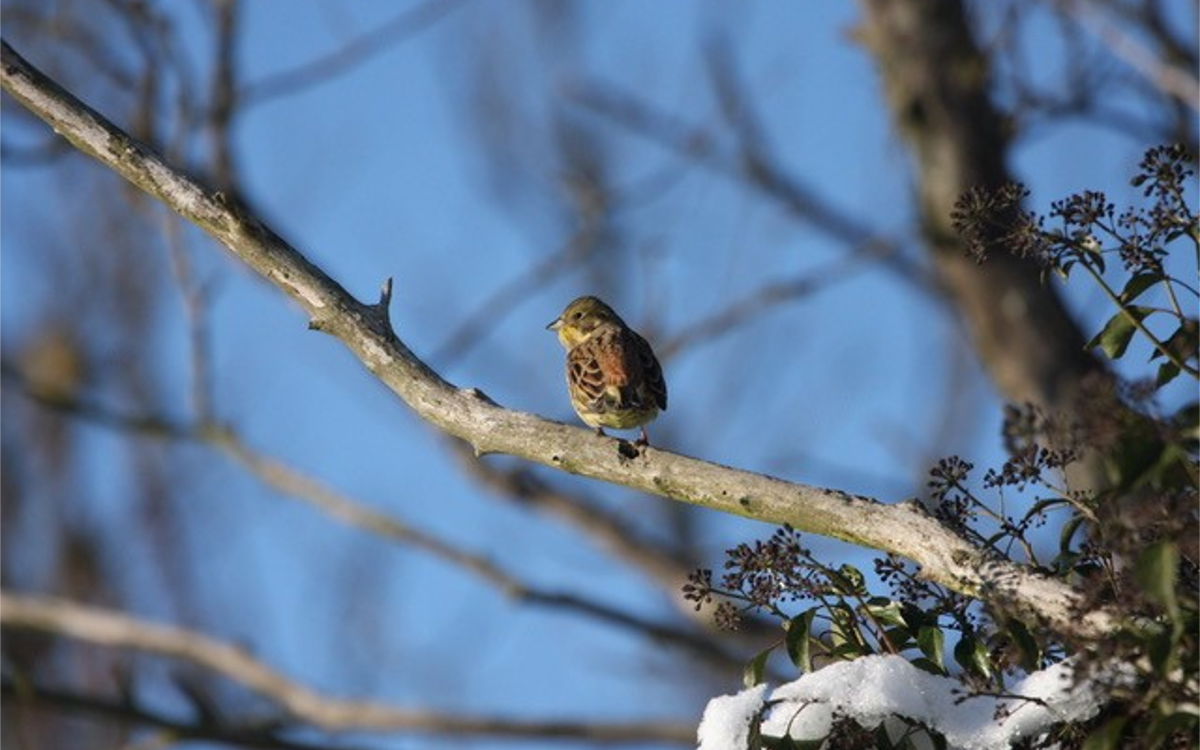
Conservation
Once a familiar sight and sound across much of lowland Britain, especially farmland and heaths, the Yellowhammer’s population has halved since the 1980s. Like many farmland birds in Britain, it has been affected by agricultural changes: removal of hedges, ploughing of field margins and reduced insects and seeds, due to insecticides and herbicides, has resulted in reduced winter survival and caused numbers to fall. The population in Europe is also falling.
Waterton
In Waterton’s early years Yellowhammers would have been common in the fields and hedgerows around Walton Hall and in the wider countryside, but the arrival of the soap mills changed that. Waterton describes, “Farms recently well wooded, and with hedges in good condition, have now neither tree nor a hedge left alive”. This is a scene that would have been repeated across much of Britain as the industrial revolution began to change the countryside.
A Sculpture from The Auguries (Last Calls)
Andy Holden was inspired by the fact that the world’s first recognised nature reserve was founded in the Wakefield Disctrict by Charles Waterton at Walton Hall in 1826. Waterton also invented the ‘hide’ for observing birds. Andy has a special interest in birds and often works with his father, Peter. Peter Holden formerly worked for the Royal Society for the Protection of Birds and created the annual Big Garden Birdwatch.
